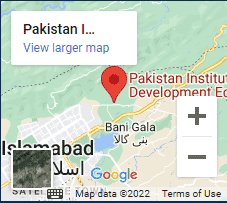
Pakistan Institute of Development Economics
- Home
Our Portals
MenuMenuMenuMenuMenuMenuMenu - ResearchMenuMenuMenuMenuMenuMenuMenu
- Discourse
- The PDR
- Our Researchers
- Academics
- Degree Verification
- Thesis Portal
- Our Portals
THE PAKISTAN DEVELOPMENT REVIEW
The Generalized System of Preferences and the Comparative Advantage of Less Developed Countries in Manufactures
One of the proposals of the first United Nations Conference on Trade and Development in 1964 was the establishment of a system of preferential tariff rates favoring existing imports from less developed countries under which all developed countries would unilaterally reduce their tariff duties charged on imports from less developed countries while maintaining most favored-nation rates1 on imports from other (developed) countries. The idea was later extended to cover all manufactured products and came to be known as the Generalized System of Preferences (GSP). The first GSP scheme was introduced by the European Economic Community on July 1, 1972. It was followed by schemes of Austria, Denmark, Finland, Ireland, Japan, New Zealand, Sweden, Switzerland and the United Kingdom. Some socialist countries have also implemented GSP schemes.


